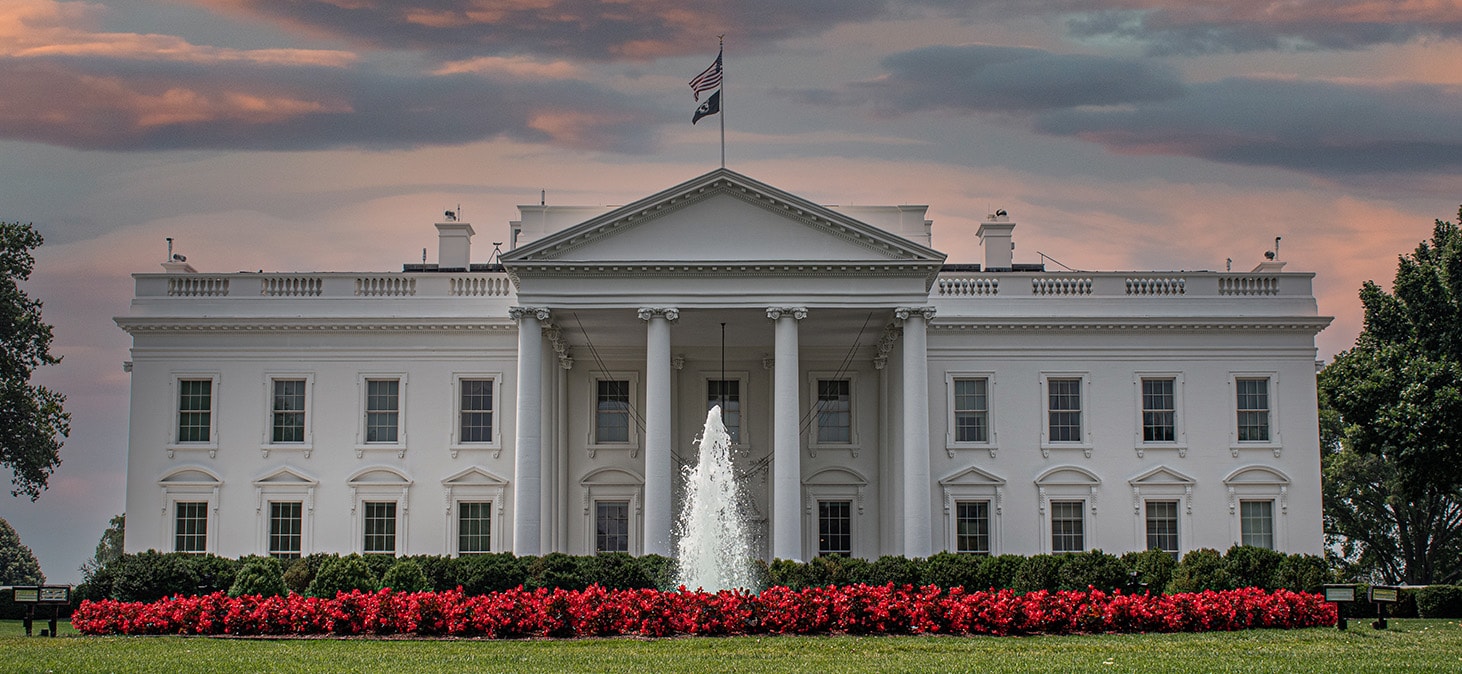
Source: Gettyimages
Barely in office, the newly sworn-in 47th President of the United States has laid out a comprehensive political agenda focusing on combating inflation, increasing energy production, and introducing import tariffs. Donald Trump signed a series of executive orders that reverse numerous measures from the Joe Biden era and introduce new initiatives on environmental policy, energy, immigration, and border security. Notably, the withdrawal of the US from the Paris Climate Agreement and the World Health Organization is expected to have far-reaching implications for international cooperation.
A central element of his trade policy measures is a memorandum directing federal agencies to investigate trade deficits with other countries and address any unfair trade practices. This particularly concerns trade relations with China and the United States-Mexico-Canada Agreement (USMCA), which is due for review in 2026. Trump has also confirmed the US withdrawal from the global minimum tax agreement under the OECD.
Initially, financial markets reacted positively to the absence of immediate tariffs. However, this relief was dampened by Trump's later announcement of a potential 25 percent tariff on all imports from Canada and Mexico starting 1 February, creating uncertainty and volatility in the markets.
Should Trump's entire political agenda be implemented, it would have significant macroeconomic impacts. However, financial and political hurdles are likely to result in some of his announcements being implemented only partially or in a diluted form. Trump's well-known negotiation tactic of "escalate to de-escalate" could mean that some of his proposals are more to be understood as negotiating tools rather than firm intentions.
Our baseline scenario for the US economy is "growth despite tariffs." We believe that the anticipated tariffs will not be sufficient to jeopardize US growth. We also do not think they will halt the decline in inflation, allowing the Federal Reserve to lower interest rates later in the year. For the dollar, we see downside potential throughout 2025, although robust US economic data and ongoing uncertainties regarding tariffs could keep it strong in the short term.
Regarding equity markets, we find their risk-return profile attractive. However, until the effective US trade policy fully crystallizes, investors should prepare for volatility or even take advantage of it. A robust US economy, tailwinds from AI, gradually declining yields, and the potential for business-friendly measures also create a positive environment for equities. Furthermore, we believe that the higher volatility in the currency markets presents opportunities to enhance portfolio returns. We also expect gold to perform well in both our baseline and negative scenarios.
The new administration is expected to move rapidly in the coming weeks, which is likely to drive market volatility. Therefore, it is important to remain diversified. Even though the path forward may be uncertain, we continue to see opportunities for investors.
Please read the legal disclaimer applicable to this publication.


